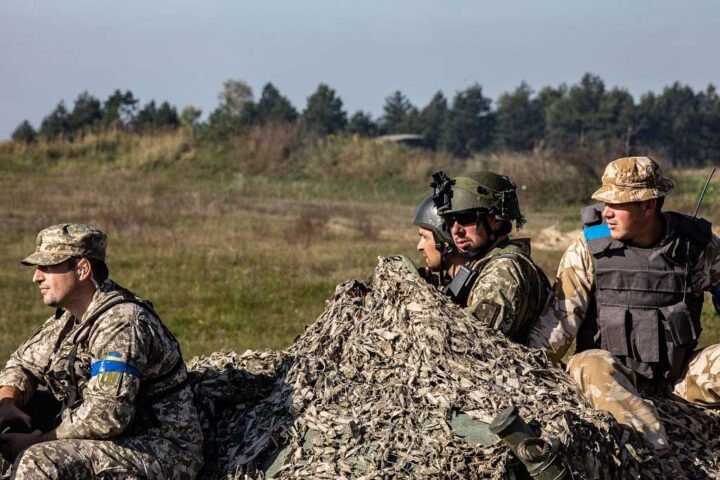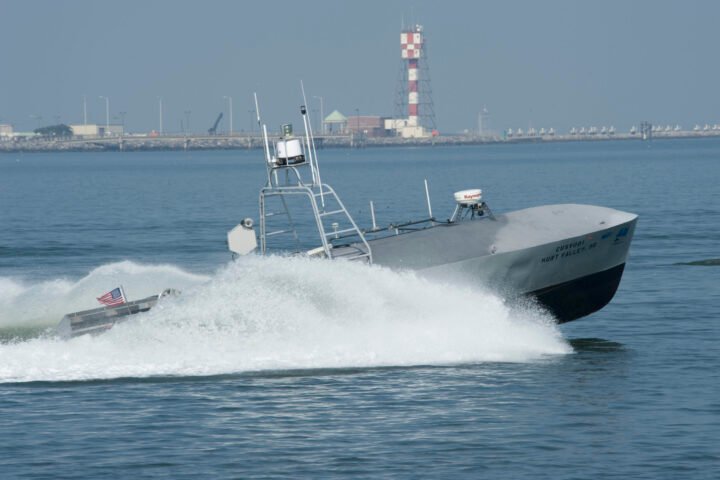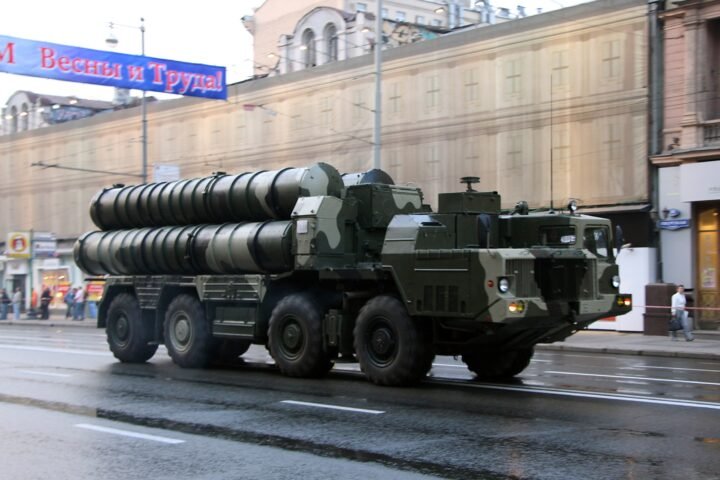In a rapidly evolving geopolitical landscape, advancements in military technology play a pivotal role in ensuring national security and strategic dominance. The recent presentation by the U.S. Army showcasing the Tactical Mobility Airborne Logistics System (TMALS) illustrates the future of logistics and operational effectiveness on the battlefield.
TMALS Capabilities
TMALS represents a significant leap in airborne logistics capabilities, designed to enhance the mobility of troops and supplies during critical missions. This innovative system enables the rapid airdrop of equipment, supplies, and even drones, employing advanced parachute technology and autonomous drop mechanisms. By minimizing the logistical footprint while maximizing operational readiness, TMALS enhances the agility of forces deployed in contested environments.
Integration with Military Platforms
The integration of TMALS with existing military platforms exemplifies the Army’s commitment to modernizing its logistics and support systems. As military engagements become more dynamic and unconventional, the speed and efficiency of supply lines are vital for success. TMALS is not just an evolution of traditional logistics; it is a revolution in how the military approaches sustainment operations.
Multi-Domain Operations (MDO)
This system plays a crucial role in multi-domain operations (MDO), enabling seamless coordination between land, air, and even maritime forces. With TMALS, the Army can effectively project forces over vast distances while ensuring that they remain well-equipped to face any threat. The ability to quickly deploy vital resources to the front lines minimizes downtime and enhances combat readiness, critical factors in modern warfare.
NATO Interoperability
Furthermore, TMALS highlights the importance of interoperability among NATO allies. As European defense forces work to enhance their logistics capabilities, insights gained from the TMALS program can inform similar initiatives. Collaboration on logistics platforms not only improves operational readiness but also strengthens coalition efforts, ensuring a unified response in times of crisis.
Adversary Strategies
In an era where potential adversaries are investing heavily in precision strike capabilities, the need for robust and resilient logistics systems becomes paramount. The U.S. Army’s focus on systems like TMALS underscores a broader trend toward integrating advanced technologies into military operations, paving the way for a more responsive and adaptable force structure.








